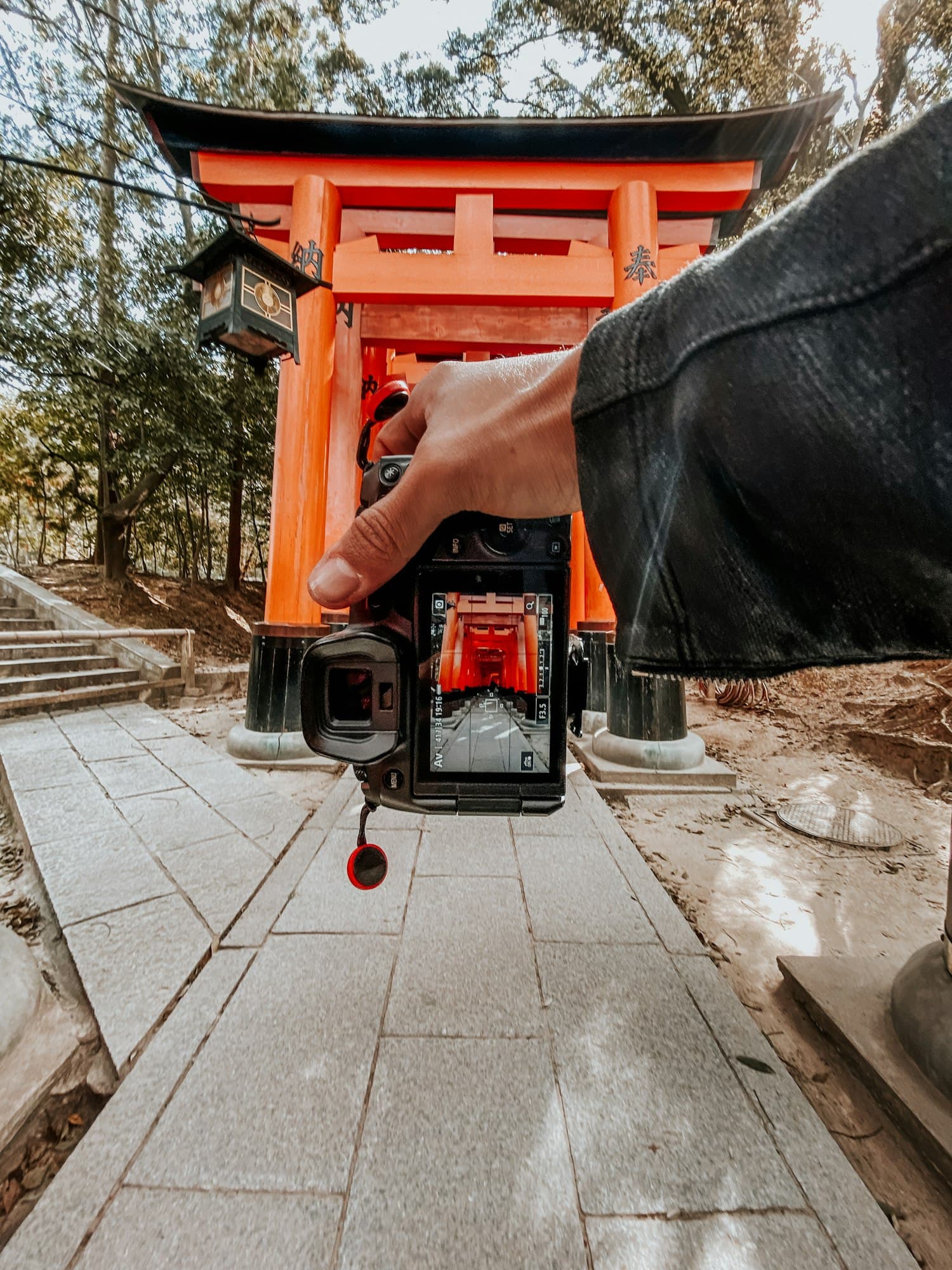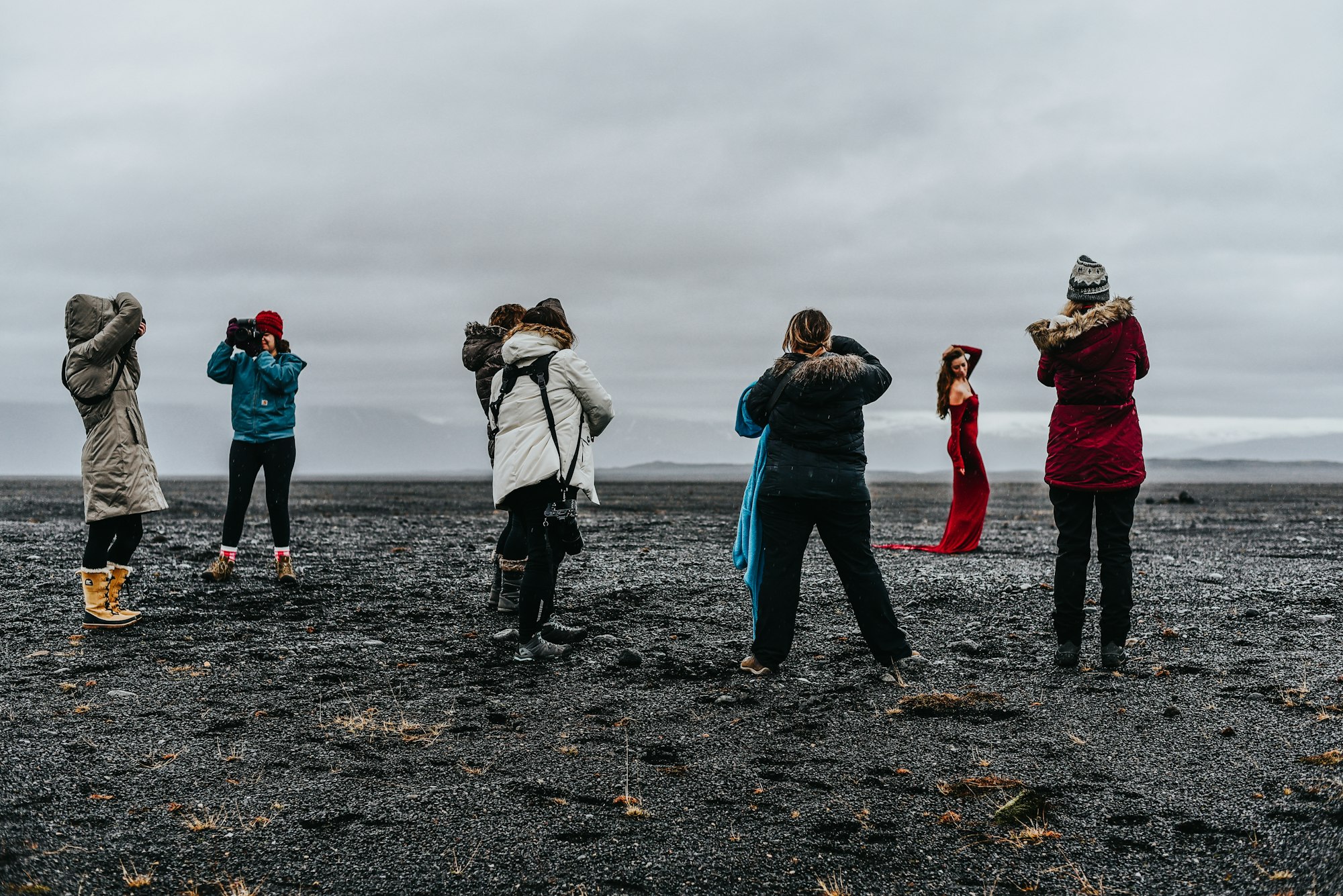
Mastering the Art of Street Photography: A Comprehensive Guide
Street photography is a powerful genre that captures the essence of everyday life, offering a raw and unfiltered glimpse into the world around us. Whether you're a seasoned photographer or a curious beginner, mastering the art of street photography can be a rewarding and fulfilling pursuit. In this comprehensive guide, we'll explore the fundamentals, techniques, and tips to help you take stunning street photographs. By the end, you'll be equipped with the knowledge and confidence to hit the streets and capture the beauty of life's candid moments.
1. Introduction to Street Photography
Street photography is more than just taking pictures of people in public places; it's about capturing the spirit and character of the streets. It involves observing and documenting moments that tell a story, evoke emotions, or highlight the beauty of everyday life. Unlike other genres of photography, street photography thrives on spontaneity and unpredictability, making it both challenging and exhilarating.
2. The History and Evolution of Street Photography
Street photography has a rich history that dates back to the early days of photography. Some of the most iconic images in the history of photography are street photographs that captured the essence of life in different eras. Here are a few key milestones:
- Early Pioneers: In the 19th century, photographers like Eugène Atget and Charles Marville documented the streets of Paris, capturing its architecture and daily life.
- The Golden Age: The 20th century saw the rise of street photography with pioneers like Henri Cartier-Bresson, who introduced the concept of the "decisive moment." His work influenced generations of photographers.
- Modern Era: Contemporary street photographers like Vivian Maier, Bruce Gilden, and Alex Webb have continued to push the boundaries of the genre, each bringing their unique perspective and style.
3. Essential Gear for Street Photography
While the gear doesn't make the photographer, having the right tools can enhance your street photography experience. Here's a list of essential gear for street photography:
- Camera: A compact and discreet camera is ideal for street photography. Mirrorless cameras and rangefinders are popular choices due to their small size and quiet operation.
- Lens: Prime lenses are favored for their sharpness and wide apertures. Common focal lengths for street photography are 35mm and 50mm, as they offer a natural field of view.
- Accessories: Consider carrying extra batteries, memory cards, and a comfortable camera strap. A small, inconspicuous bag can help you stay mobile and blend in with your surroundings.
- Smartphone: Don't underestimate the power of your smartphone. Modern smartphones have excellent cameras and can be less intimidating to subjects.
4. Understanding the Basics: Composition and Lighting
Composition
Composition is crucial in street photography. Here are some fundamental principles to consider:
- Rule of Thirds: Divide your frame into thirds both horizontally and vertically. Place key elements along these lines or at their intersections to create a balanced composition.
- Leading Lines: Use lines in your environment, such as roads, buildings, or shadows, to guide the viewer's eye through the image.
- Framing: Frame your subject using elements in the scene, like doorways or windows, to add depth and context.
- Symmetry and Patterns: Look for symmetry, patterns, and repetition in your surroundings to create visually appealing images.
Lighting
Lighting can make or break a photograph. Here are some tips for working with natural light:
- Golden Hour: The hour after sunrise and before sunset provides soft, warm light that can add a magical quality to your photos.
- Blue Hour: The period just before sunrise and after sunset offers a cooler, more diffused light that's perfect for moody shots.
- Harsh Light: Embrace harsh midday light by looking for interesting shadows, contrasts, and silhouettes.
- Night Photography: Use streetlights, neon signs, and other artificial lights to illuminate your subjects and create atmospheric images.
5. Finding Your Style and Voice
Every photographer has a unique perspective and voice. Finding your style is a journey that involves experimentation and self-discovery. Here are some steps to help you develop your style:
- Study the Masters: Analyze the work of renowned street photographers and identify what resonates with you. Pay attention to their composition, use of light, and subject matter.
- Experiment: Try different techniques, angles, and settings. Don't be afraid to step out of your comfort zone and explore new approaches.
- Reflect: Review your work regularly and identify patterns or themes. What subjects or scenes are you drawn to? How do you prefer to compose your shots?
- Be Authentic: Stay true to your vision and interests. Your unique perspective is what will set your work apart.
6. Legal and Ethical Considerations
Street photography often involves photographing people without their knowledge or consent, which raises legal and ethical questions. Here are some key points to consider:
Legal Considerations
- Public Spaces: In most countries, it's legal to photograph people in public spaces without their permission. However, laws vary, so it's important to familiarize yourself with local regulations.
- Private Property: Always seek permission before photographing on private property or in restricted areas.
- Commercial Use: If you plan to use your photos for commercial purposes, you may need to obtain model releases from recognizable individuals.
Ethical Considerations
- Respect Privacy: Avoid photographing people in vulnerable situations or in a way that could embarrass or harm them.
- Seek Consent: Whenever possible, ask for permission, especially if the person is the main subject of your photo.
- Cultural Sensitivity: Be aware of cultural norms and practices, especially when photographing in foreign countries.
- Honesty: Represent your subjects truthfully and avoid manipulating images in a way that distorts reality.
7. Techniques for Capturing Stunning Street Photos
Be Observant
Street photography requires a keen eye for detail and the ability to anticipate moments. Here are some tips to enhance your observational skills:
- Stay Alert: Keep your eyes open and be ready to capture unexpected moments. The best shots often happen when you least expect them.
- Slow Down: Take your time to observe your surroundings. Look for interesting characters, interactions, and details.
- Blend In: Try to be as inconspicuous as possible. Dress modestly, avoid flashy gear, and move naturally through the environment.
Capture Emotions and Stories
Street photography is about capturing the human experience. Here are some techniques to help you convey emotions and stories through your photos:
- Expressions: Focus on facial expressions and body language to capture genuine emotions.
- Interactions: Look for interactions between people, such as conversations, gestures, and reactions.
- Context: Include elements that provide context and add depth to the story, such as signs, architecture, and backgrounds.
Use Different Perspectives
Experimenting with different perspectives can add variety and interest to your photos:
- Low Angle: Shooting from a low angle can create a sense of drama and emphasize the subject.
- High Angle: A high angle can provide a unique viewpoint and highlight patterns or symmetry.
- Close-Ups: Get close to your subject to capture intricate details and expressions.
- Wide Shots: Use wide shots to show the environment and provide context.
Embrace Imperfection
Street photography thrives on spontaneity and authenticity. Don't be afraid of imperfections:
- Motion Blur: Embrace motion blur to convey movement and energy.
- Grain: High ISO settings can add a gritty, film-like quality to your photos.
- Unconventional Compositions: Break the rules and experiment with unconventional compositions.
8. Post-Processing Tips for Street Photography
Post-processing is an essential part of modern photography. Here are some tips for editing your street photos:
- Crop for Impact: Adjust the crop to enhance composition and remove distractions.
- Adjust Exposure: Fine-tune exposure to highlight details and create the desired mood.
- Enhance Contrast: Adjust contrast to add depth and definition to your images.
- Convert to Black and White: Black and white conversions can emphasize shapes, patterns, and emotions.
- Sharpen: Apply sharpening to enhance details and clarity.
- Preserve Authenticity: Avoid over-editing. Strive to maintain the authenticity and rawness of your street photos.
9. Building a Portfolio and Sharing Your Work
A well-curated portfolio is essential for showcasing your work and attracting potential clients or followers. Here's how to build and share your street photography portfolio:
- Select Your Best Work: Choose a diverse selection of your best images that showcase your style and storytelling ability.
- Create a Cohesive Theme: Consider creating themed portfolios that focus on specific subjects, locations, or styles.
- Use Online Platforms: Share your portfolio on photography websites, social media, and personal blogs.
- Print Your Work: Consider creating physical prints, photo books, or exhibitions to share your work in tangible forms.
- Engage with the Community: Participate in photography communities, attend workshops, and collaborate with other photographers.
10. Conclusion
Street photography is a dynamic and rewarding genre that allows you to capture the beauty and complexity of everyday life. By understanding the fundamentals, respecting legal and ethical considerations, and experimenting with different techniques, you can develop your skills and create compelling street photographs. Remember, the key to great street photography is to stay curious, observant, and true to your unique vision. So grab your camera, hit the streets,


